| 结构式 | 名称/CAS号 | 全部文献 |
|---|---|---|
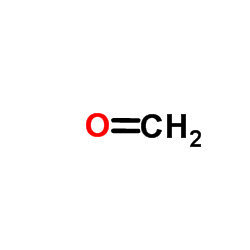 |
甲醛
CAS:50-00-0 |
|
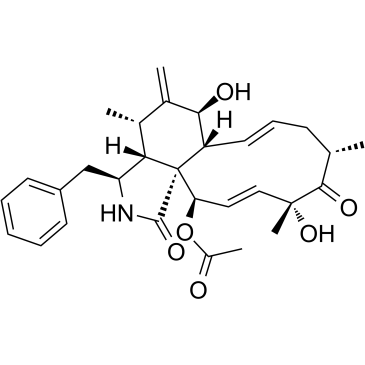 |
细胞松弛素D
CAS:22144-77-0 |
|
 |
氯化铵
CAS:12125-02-9 |
|
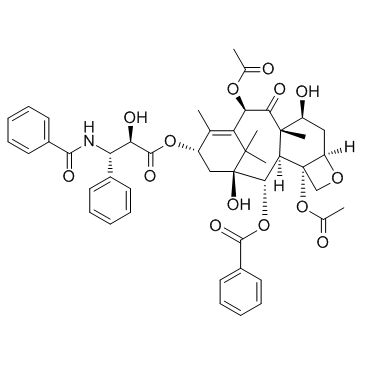 |
紫杉醇
CAS:33069-62-4 |
|
 |
扎那米韦
CAS:139110-80-8 |
|
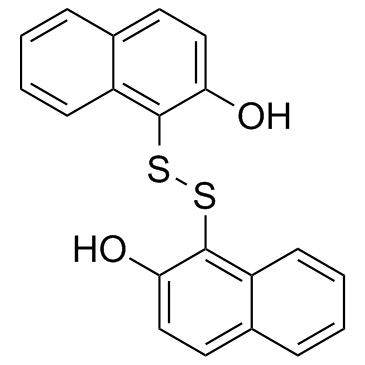 |
二(2-羟基-1-萘基)二硫醚
CAS:42521-82-4 |
|
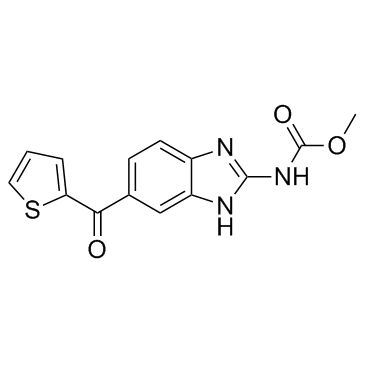 |
诺考达唑
CAS:31430-18-9 |